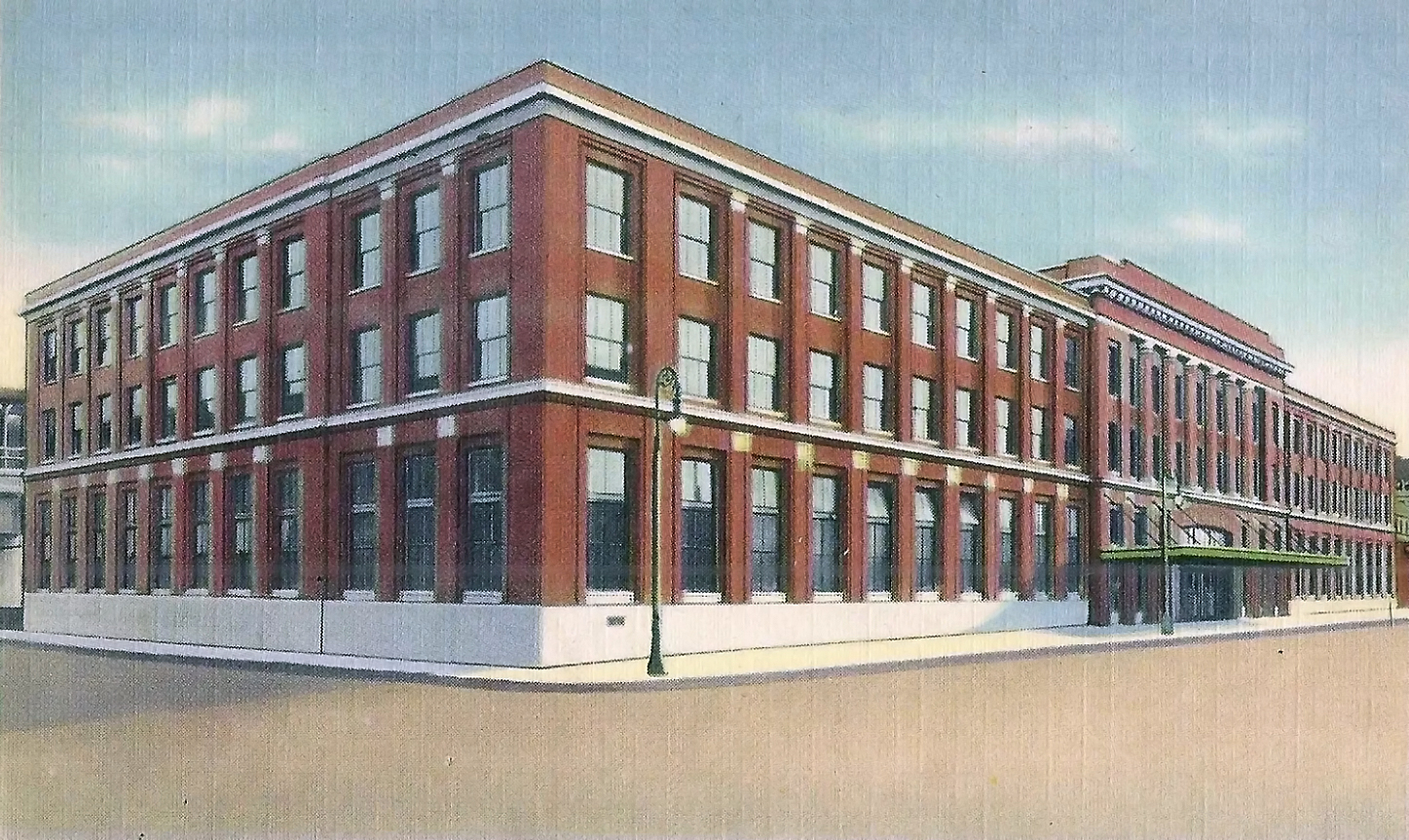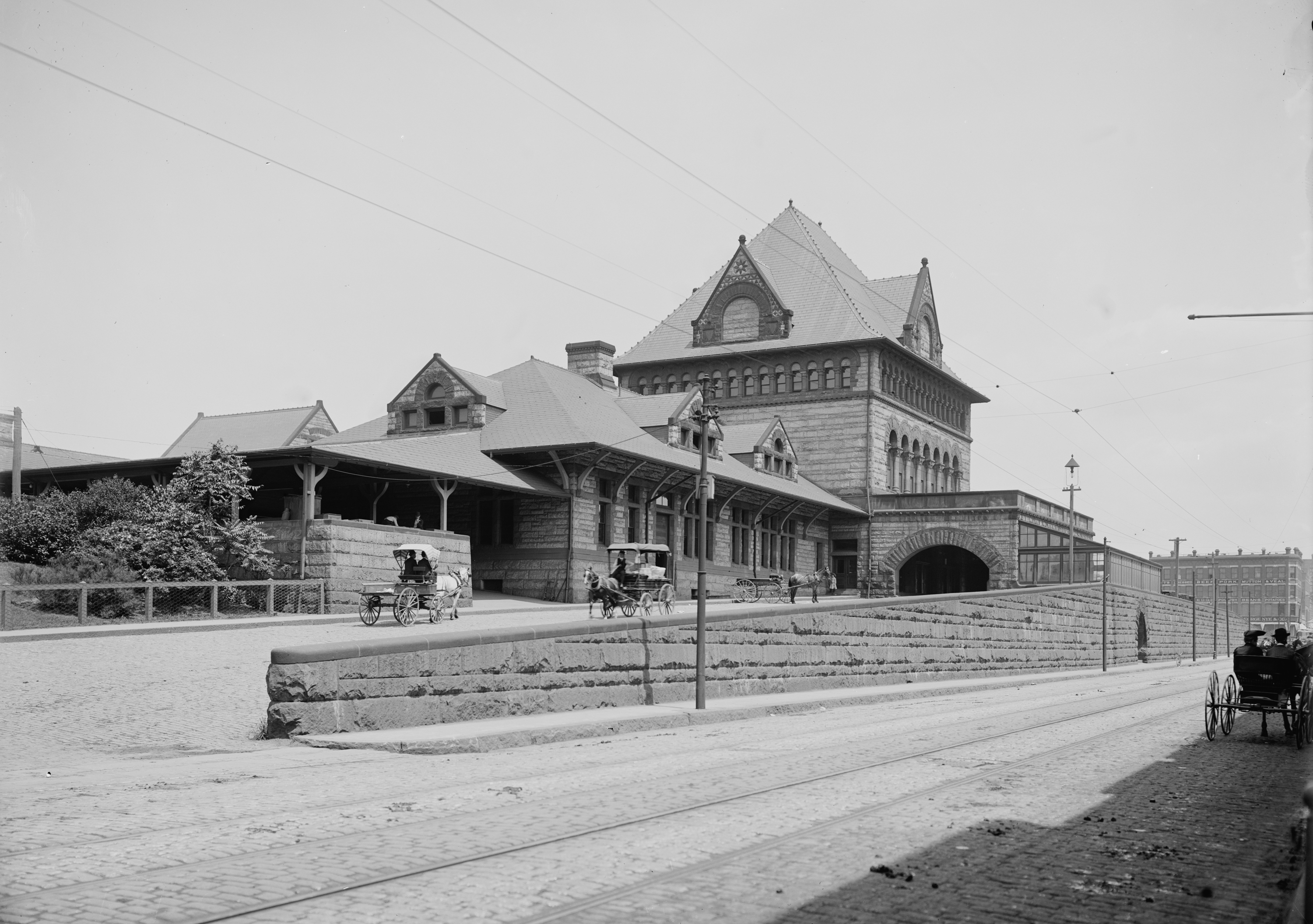Springfield Union Station: A Tapestry of History and Modernity
Published: February 3, 2025
By: Adam Burns
Springfield Union Station, a historic transportation hub located in Springfield, Massachusetts, stands as an enduring symbol of the city's profound connection with the development of rail travel in New England.
This architectural marvel, once a bustling beacon of travel and commerce, has undergone numerous transformations since its inception in the late 19th century.
Today, it represents not only a testament to the rich history of Springfield but also an enduring commitment to revitalizing urban spaces to serve contemporary needs while preserving the past.
Historical Context and Architectural Grandeur
The story of Springfield Union Station begins in the bustling era of railroad expansion in the United States. Officially opening its doors on December 18, 1926 - and built by the Boston & Albany, a New York Central subsidiary - Union Station was a product of an era that prized grandeur and efficiency in transportation architecture.
Union Station was conceived during a period when the city was emerging as a critical nexus for rail travel. Situated strategically in Western Massachusetts and along the B&A's east-west main line, it connected both cities throughout New England and Northeast as well as western markets such as Buffalo, Detroit, and Chicago.
The current facility was constructed as a replacement for an earlier dual-station design in the Richardson Romanesque style, created by the firm Shepley, Rutan and Coolidge, which succeeded the renowned American architect H. H. Richardson.
This Richardsonian station succeeded an even earlier structure that was built in the Egyptian Revival style, which served Springfield until the first Union Station's establishment in 1851.
The 1926 iteration was erected at a cost of $5.87 million and inaugurated on December 18, 1926. Architecturally, Union Station's main concourse was an awe-inspiring space, almost cathedral-like with skylights and marble interiors, offering a grand yet welcoming atmosphere for passengers.
The station was equipped with all the accouterments of a modern transportation hub of its time—restaurants, ticketing offices, baggage areas, and waiting rooms—all designed with a meticulous eye toward comfort and convenience.
Geographically, Springfield is positioned exactly halfway between Boston and Albany, at a distance of 89 miles from each city. Aside from B&A/New York Central trains the station also served the New York, New Haven & Hartford (New Haven) and the Boston & Maine.
Decline, Neglect, and Abandonment
Despite the grand vision of its founders, the mid-20th century marked the beginning of a prolonged period of decline for Union Station. The rise of the automobile and the expansion of the interstate highway system reduced dependency on rail travel for most Americans.
The opening of the Massachusetts Turnpike in 1958 precipitated a 50% reduction in passenger travel to Boston. Consequently, by 1962, the frequency of train departures had dwindled from a mid-20th-century peak of 97 daily departures to fewer than 15. Ownership of the station transitioned to David Buntzman, a real estate entrepreneur from Larchmont, New York, in 1970.
Intercity rail service responsibilities were transferred to Amtrak in 1971. By 1973, the diminished volume of trains servicing Springfield rendered the upkeep of such a large station untenable, leading to the closure of both the main station building and the baggage building.
The requisite renovations were financially prohibitive, given the building's prolonged neglect. Consequently, Amtrak instituted a temporary station within a street-level passenger tunnel, accessible solely from Lyman Street, with the connection to the former station sealed.
In 1989, the city of Springfield acquired the station, but subsequent restoration endeavors were obstructed by a fire at the neighboring Charles Hotel.
In 1994, Amtrak proceeded to erect a new station building at track level, subsequently sealing the passenger tunnel except for the Lyman Street entrance and the southernmost stairway and elevator shaft leading to track level.
Renaissance and Rebirth
The latter part of the 20th century and the early 21st century brought renewed interest in the revitalization of urban centers and historic preservation, recognizing the cultural and economic value of revitalizing historic spaces. Union Station was seen as a perfect candidate for such an effort.
In 2008, momentum for resurrecting Springfield Union Station as a multimodal transportation hub began to build, aided by the allocation of significant funding from both state and federal sources. The vision was clear: to restore Union Station to its former grandeur while modernizing the facility to serve a 21st-century transportation landscape.
The restoration project, with a budget of approximately $94 million, was a meticulous endeavor. It sought not only to physically restore the station's historic attributes, including its grand concourse but also to reimagine the space as a vibrant, multifunctional facility. The effort adhered to the Secretary of the Interior’s Standards for Rehabilitation, balancing historic preservation with modern needs.
Springfield Union Station officially reopened on June 24, 2017, to much fanfare, having been transformed into a cutting-edge transportation hub hosting Amtrak service, intercity and regional bus service, and a parking garage. The renovated facility offers various amenities, including retail spaces, cafes, a commuter lobby, and new office spaces.
Key to the revitalized Union Station is its role as an economic catalyst for downtown Springfield. It not only serves as a transportation connector but also functions as a community focal point, significantly contributing to the revitalization of the downtown area.
With this transformation, the station has become a symbol of Springfield’s commitment to preserving its historical character while pivoting towards a future of economic innovation and sustainability.
Socio-Economic Impact and Future Prospects
The reopening of Springfield Union Station aligns with broader urban renewal efforts in the city and region, improving connectivity while fostering economic growth. The station’s role extends beyond transportation; it acts as a magnet for further investment, potentially stimulating business, tourism, and entertainment in the surrounding area.
Looking ahead, Union Station is poised to maintain its position as a central transportation hub within New England. The potential for future expansion, including increased rail services, underscores the station’s role in supporting a more environmentally sustainable and interconnected future.
A Symbol of Resilience and Renewal
Union Station serves as a poignant narrative of resilience and renewal. It epitomizes a journey from a hallowed past through a period of neglect, culminating in a rebirth that fuses historical preservation with contemporary utility.
In doing so, the facility underscores the broader narrative of American cities, where the reinvention of historic spaces can propel urban areas towards a future characterized by dynamic and inclusive economic growth. Preserving and modernizing such landmarks allows communities to retain their cultural heritage while embracing change.
Recent Articles
-
Arizona Polar Express Train Rides: A Complete Guide
Mar 13, 25 11:55 AM
Arizona is home to one of the finest heritage railroads in the nation, the Grand Canyon Railway. During the holiday season they host official "The Polar Express" trips. -
Oklahoma Polar Express Train Rides: A Complete Guide
Mar 13, 25 11:06 AM
Oklahoma is one of just a handful of states offering official "The Polar Express" events, hosted at the Oklahoma Railway Musuem in Oklahoma City. Learn more about this attraction here! -
Milwaukee Road Steam Roster (All-Time): Post-1900
Mar 13, 25 12:19 AM
The Milwaukee Road is best known for its fleet of streamlined 4-4-2s and 4-6-4s which led the "Hiawathas." However, it also operated many other designs. This information highlights its post-1900 steam…




